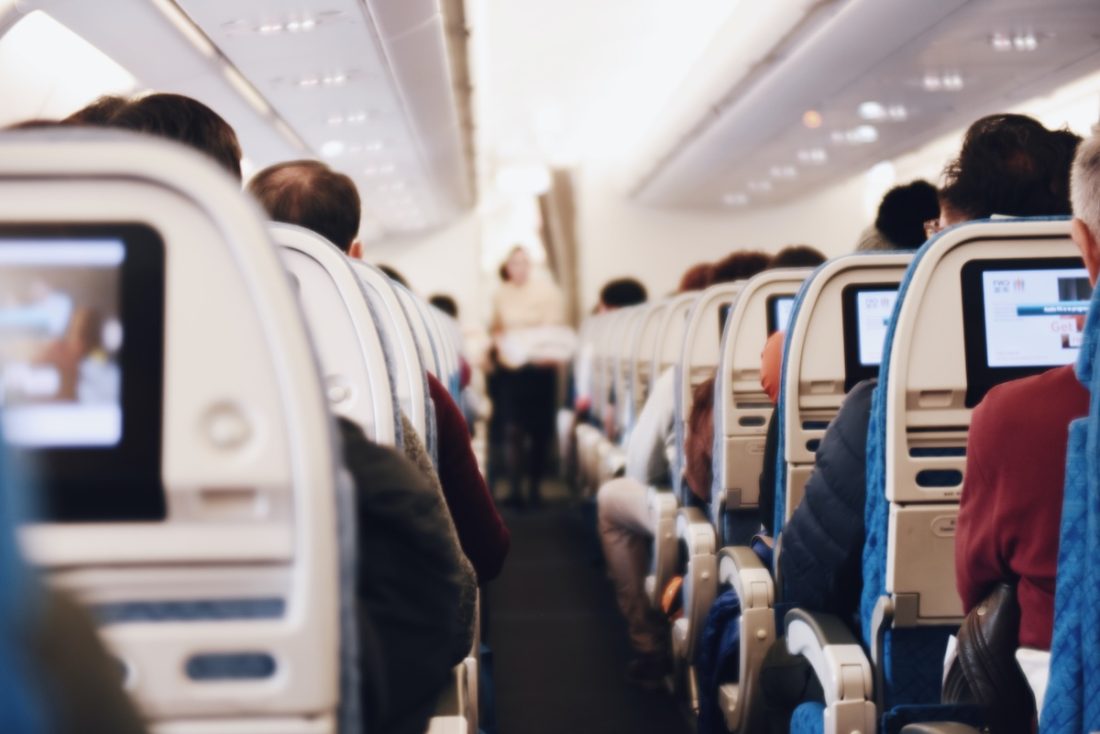Flying standby can be a great way to save money on airfare, but it can also be a stressful and unpredictable experience. Before deciding to fly standby, there are a few things to keep in mind.
First and foremost, it’s important to understand what flying standby means. Essentially, it means that you don’t have a confirmed seat on a flight and are instead hoping to get on a flight that has open seats. This can be a risky proposition, as there’s no guarantee that you’ll actually get on the flight you want.
Another important thing to consider is the airline’s standby policies. Each airline has its own rules and procedures for flying standby, so it’s important to do your research ahead of time. Some airlines may require you to pay a fee to fly standby, while others may only allow standby passengers on certain flights or at certain times. Understanding these policies can help you make more informed decisions about when and how to fly standby.
Understanding Standby Travel
Flying standby can be a great way to save money on airfare, but it requires some knowledge and preparation. Here are some things to keep in mind when it comes to understanding standby travel. Check out how to fly standby for more info.
Types of Standby Tickets
There are two types of standby tickets: those for pre-purchased tickets and those for standby passengers. Pre-purchased tickets can be changed to a standby ticket for a fee, while standby passengers are those who do not have a ticket and are hoping to get on a flight at the last minute.
Airlines Policies and Fees
Each airline has its own policies and fees when it comes to standby travel. Some airlines will allow standby passengers to fly for free, while others charge a fee. It’s important to check the airline’s website or app for their policies and fees before attempting to fly standby.
Preparing for Standby Travel
If you’re planning to fly standby, there are a few things you can do to increase your chances of getting on a flight. Arrive at the airport early and check in as soon as possible. Be polite to the airline employees and follow all rules and regulations. Pack light and only bring carry-on luggage to make it easier to switch flights if necessary. Be flexible with your itinerary and be prepared to take a different flight or route to your destination.
Overall, flying standby can be a great way to save money and add some flexibility to your travel experience. However, it’s important to do your homework and understand the airline’s policies and fees before attempting to fly standby. With some preparation and flexibility, you can increase your chances of getting on a flight and enjoying a stress-free travel experience.
Maximizing Your Chances of Flying Standby
Flying standby can be a great way to save money and get to your destination earlier than planned, but it can also be a gamble. Here are some tips for maximizing your chances of flying standby.
Choosing the Best Times to Fly
The first step in maximizing your chances of flying standby is to choose the best times to fly. Off-peak times, such as early morning or late at night, are often less crowded and may have more available seats. It’s also important to consider the destination and the itinerary. If you’re flying to a popular vacation spot during peak season, it may be more difficult to find a seat.
Strategies for Success
Once you’ve chosen the best times to fly, there are several strategies you can use to increase your chances of success. First, arrive at the airport early. This will give you more time to check in and get on the standby list. It’s also a good idea to be flexible with your travel plans. If you’re able to take an earlier or later flight, it may increase your chances of getting a seat.
Another strategy is to join the standby list as soon as possible. Some airlines allow you to join the list online or through their mobile app. If you’re traveling with a group, it’s important to note that standby availability may vary depending on the flight’s passenger load. Finally, if you have loyalty status with the airline, you may have priority on the standby list.
Pro tip: If you’re looking to upgrade to first-class on a standby flight, it’s important to be aware of the airline’s policies. Some airlines may not allow upgrades on standby flights, while others may require an additional fee.
By following these tips and being prepared, you can increase your chances of flying standby and getting to your destination on time.

